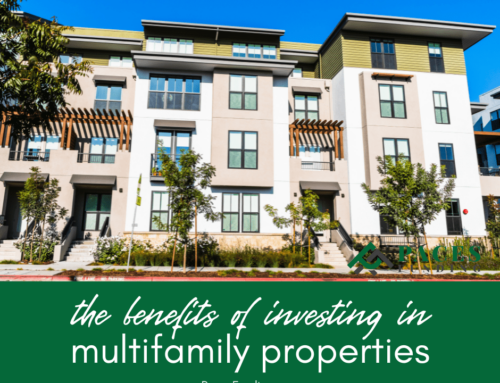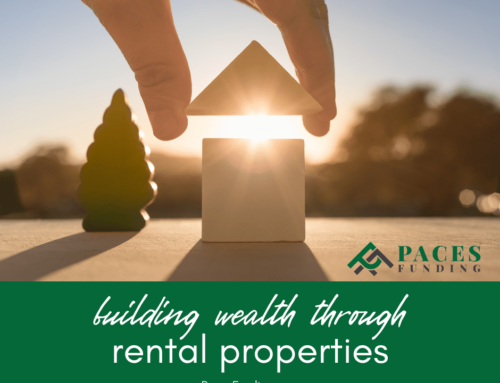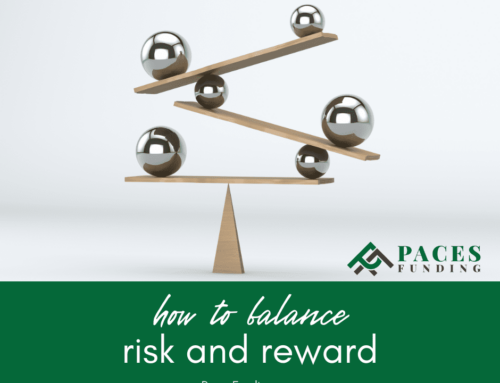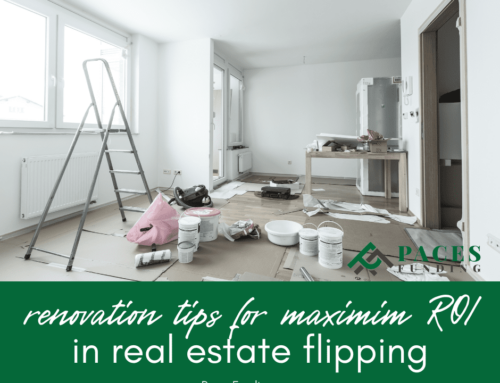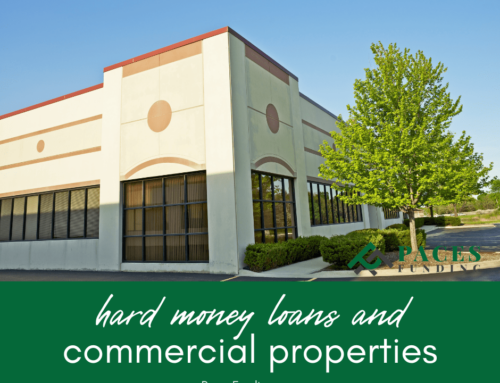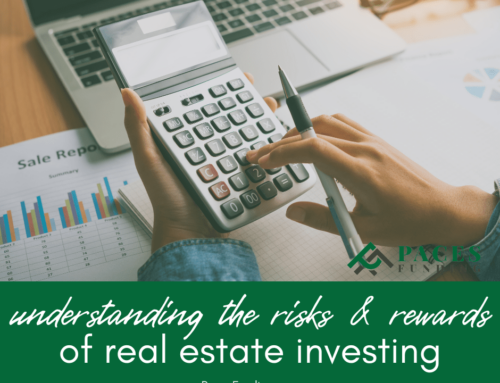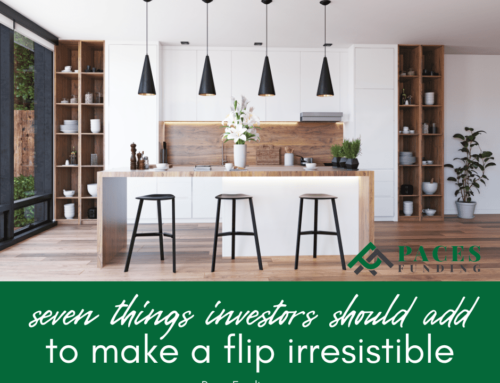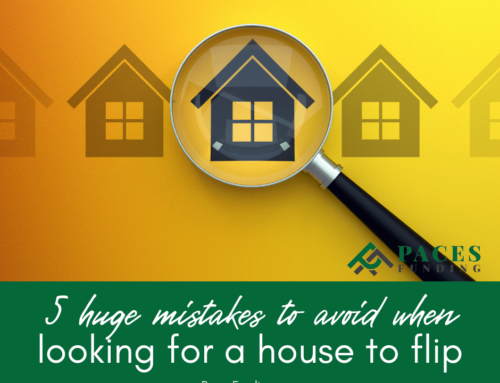
Playground Equipment and Your Liability as a Landlord
If you have playground equipment on your rental property, you may be wondering whether the risk of a child (or adult) getting hurt outweighs the benefits. Whether you’re renting a single-family home with a backyard play structure or managing a multi-unit rental with a community park, you’ll want to know what your responsibilities are as a landlord. It is possible you could be held liable for any injuries that may occur.
Let’s face it: children are accident prone – especially on playgrounds. It should always be assumed that there’s a chance for injury. If a child is injured on your property, you may be held liable, but there are some things you can do to protect yourself.
Inspect & Repair Playground Equipment
Inspecting and repairing the play structures and equipment on a regular basis is necessary. You’ll want to check for things such as rusting metal, rotting wood, and the overall strength of the equipment. Repair any defects immediately and complete routine maintenance. If there is any evidence of neglect – you may liable for injuries if someone is injured.
Post Notice of Risk
Posting a sign that tenants play at their own risk is necessary. While this is more common in an apartment setting, you can still post in a single-family unit. Protect yourself even further by including it in your lease agreement. This does not relieve you from your duty of keeping the playground equipment in tip-top shape.
Check Your Insurance Policy
Verify that you’re covered for any injuries that may happen on your property. You’ll need this anyway, but make sure you cover your bases. Even if you take the best care of your play equipment – accidents can happen.
Do You Need a Hard Money Loan to Buy a Rental Property?
If you’re looking for a hard money loan in Atlanta, we may be able to help you.
Call us at 404-814-1644 or contact us online to find out whether you might qualify for this type of funding. In the meantime, check to ensure that you meet our loan criteria. Our loan amounts can be up to 65 percent of the after-repaired value of the collateral—and if you use the loan for renovation or construction, the loan amount can be based on the collateral’s improved value.
Read our frequently asked questions and take a few minutes to learn about the hard money loan process.


